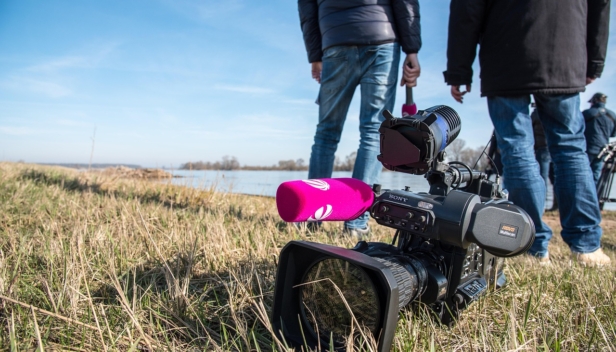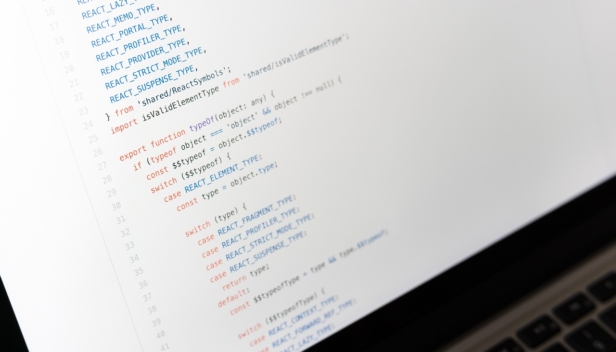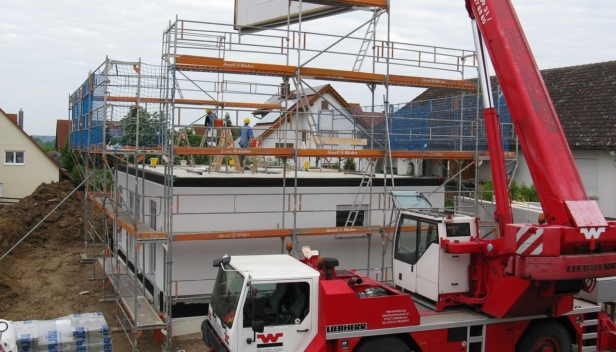Prototyping a mobile app to raise awareness of carbon footprint
Graphic Design

In my thesis, I decided to design a prototype of a mobile application to raise awareness about the carbon footprint. This is a topic that has not yet been extensively explored, and it presented an additional challenge for me. There are currently no similar applications for calculating carbon footprints available on the Slovenian market.
The thesis consists of the following main chapters: UI/UX design, carbon footprint, recommendation systems, and the prototype of the mobile applicatio,n along with its development.
The first part of the thesis introduces UI and UX design and provides an overview of the concept of a carbon footprint. Every developer must be familiar with the basic principles of UX/UI design, as this is the only way to find the best possible solution for project implementation while considering all project specifications and the needs of the end user for whom the product is intended.
The following sections of the thesis focus on the creation and design of the mobile application prototype. For the prototype development, I used design tools such as Figma, Adobe Illustrator, and Adobe Photoshop. The application is based on carbon footprint calculation and encourages users to adopt sustainable mobility practices, reduce food waste, engage in self-sufficiency (in food and energy), and promote recycling.
Recommendation systems are important in applications, as they enable effective and personalized guidance for users towards content that is relevant and useful to them. AI algorithms provide a personalized user experience.
We found that testing the mobile application in the early stages of development is extremely important, as it allows for the quicker identification of potential issues, improvement of user experience, and adaptation of functionalities based on actual user needs. This significantly shortens the development time and increases efficiency in creating an optimal final product.
This realization was based on a survey and the presentation of the prototype to a selected group of users. Their feedback was essential in identifying mistakes and opportunities for improvement, which enabled a smoother and more focused optimization of the prototype.
Thanks to their responses, the development process proceeded more efficiently, requiring only minimal adjustments, resulting in a more user-friendly final product.
You can view the student’s work in the video below:





